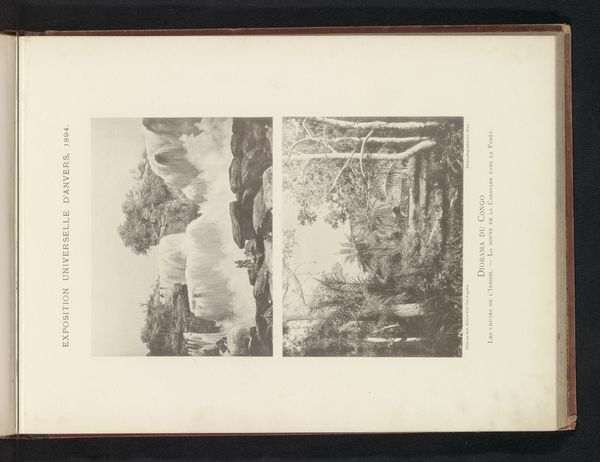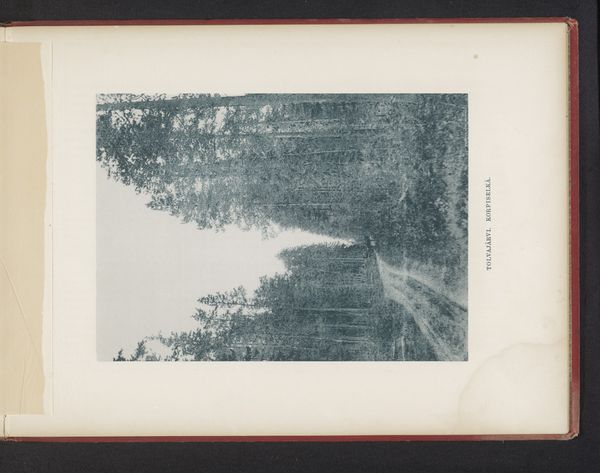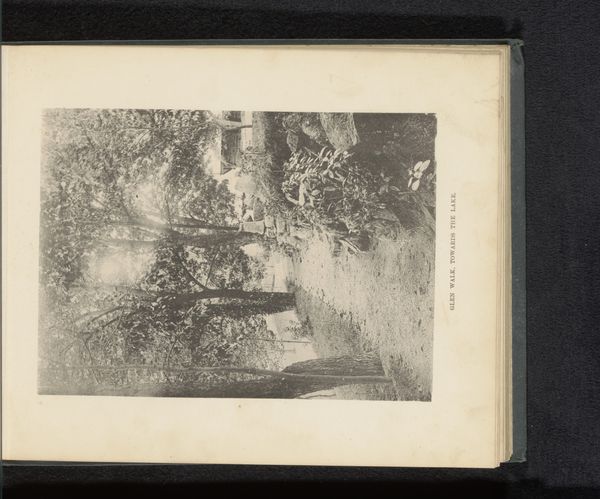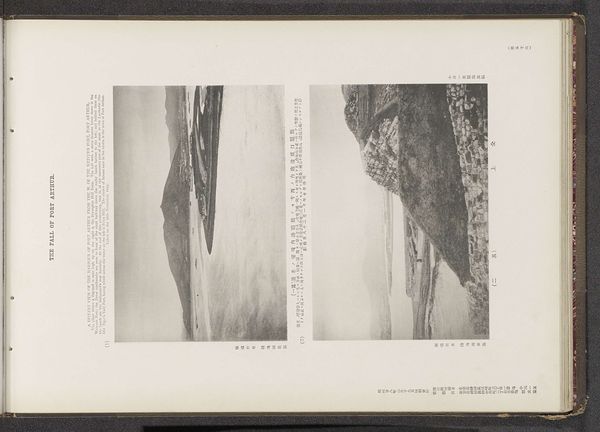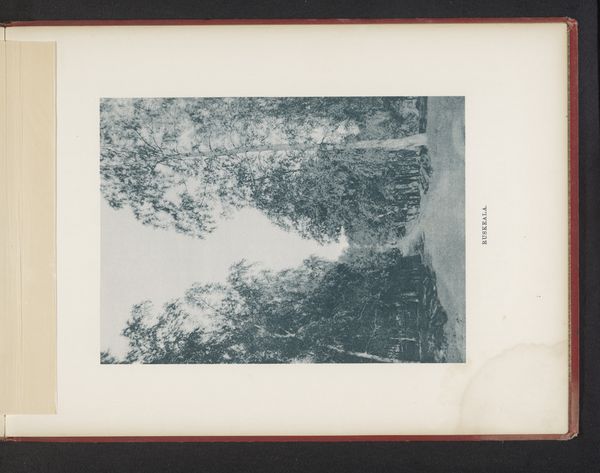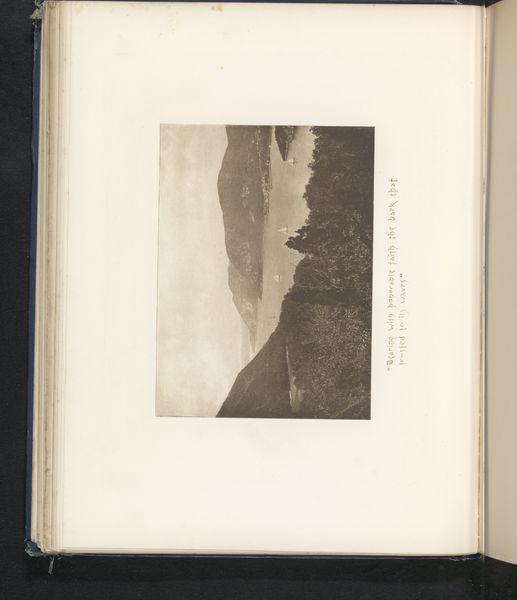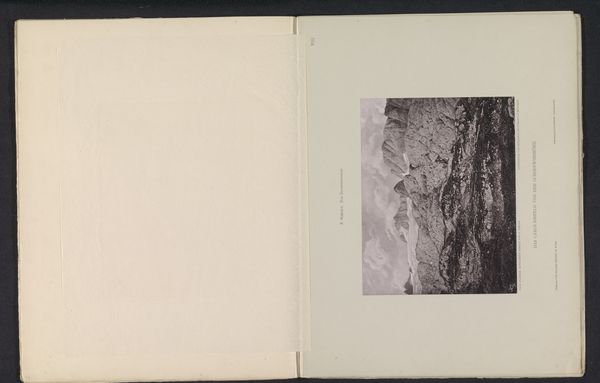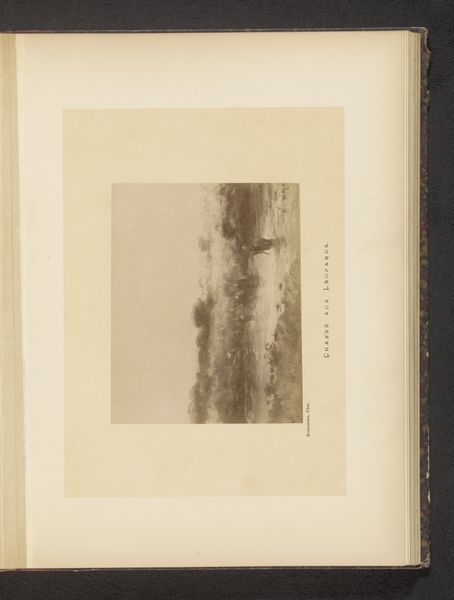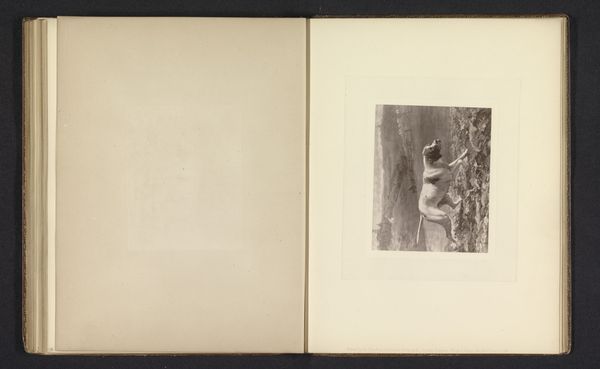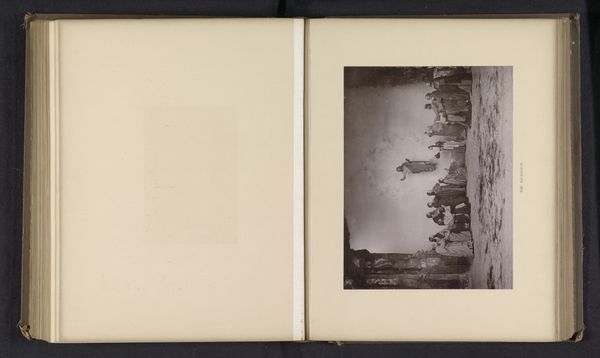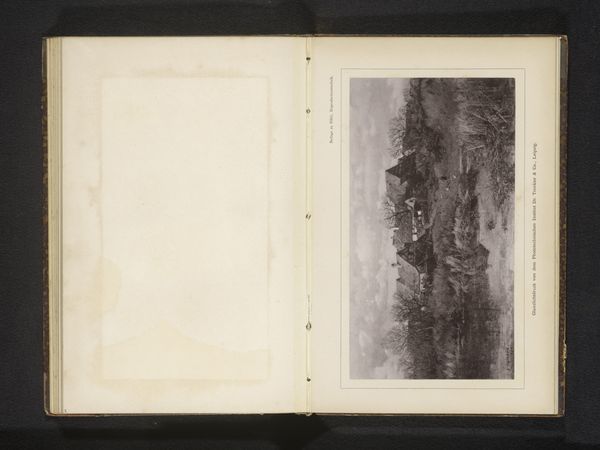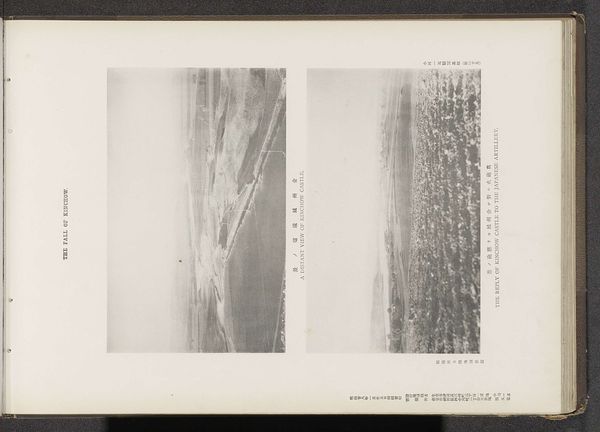
Twee fotoreproducties van schilderingen, voorstellende een olifantenjacht te Congo en boten in het Congobekken 1894
0:00
0:00
albumen-print, photography, albumen-print
#
albumen-print
#
landscape
#
photography
#
albumen-print
Dimensions: height 362 mm, width 260 mm
Copyright: Rijks Museum: Open Domain
Editor: Here we have two photoprints displayed together, created by Th. Lantin in 1894. They depict scenes from the Congo: an elephant hunt and boats on the Congo River. I find it striking how these images, despite their documentary nature, feel heavily composed, almost staged. What do you see in these paired images? Curator: The pairing itself speaks volumes. Look at the contrast – the land-based hunt versus the river passage. Both scenes highlight a Western gaze imposed upon the Congo, reflecting an orientalist perspective of exploration and exploitation. Do you notice how the 'hunt' image almost romanticizes the pursuit of the exotic animal? Editor: I do see that now. The romanticising clashes with the reality of what's happening. It almost looks like a sport rather than a struggle for survival. And the river scene seems to reinforce this idea of dominance… control through navigation. Curator: Precisely. The river becomes a highway for colonial ambition, navigated by foreign vessels. The symbols here become quite loaded. Water often symbolizes fluidity, adaptability – in this case, it represents the opening of the Congo for extraction, a conduit for taking resources and reshaping a culture. What impact does the albumen print's tonal range have, in your opinion? Editor: I think the sepia tones create a sense of distance and history, but also lend the image a certain warmth that further romanticizes the scene, possibly softening the brutal reality. Curator: Exactly. The ‘warmth’ acts as a seductive lure, masking the harsher implications of the colonial endeavor. Looking closer, how does this visual language tie into a larger narrative of power and control? Editor: I hadn’t considered the visual language as a way to understand power before, it’s unsettling to realise how such photographs were complicit in constructing a skewed historical narrative. Curator: Indeed, every image is a carrier of ideology, isn't it?
Comments
No comments
Be the first to comment and join the conversation on the ultimate creative platform.
